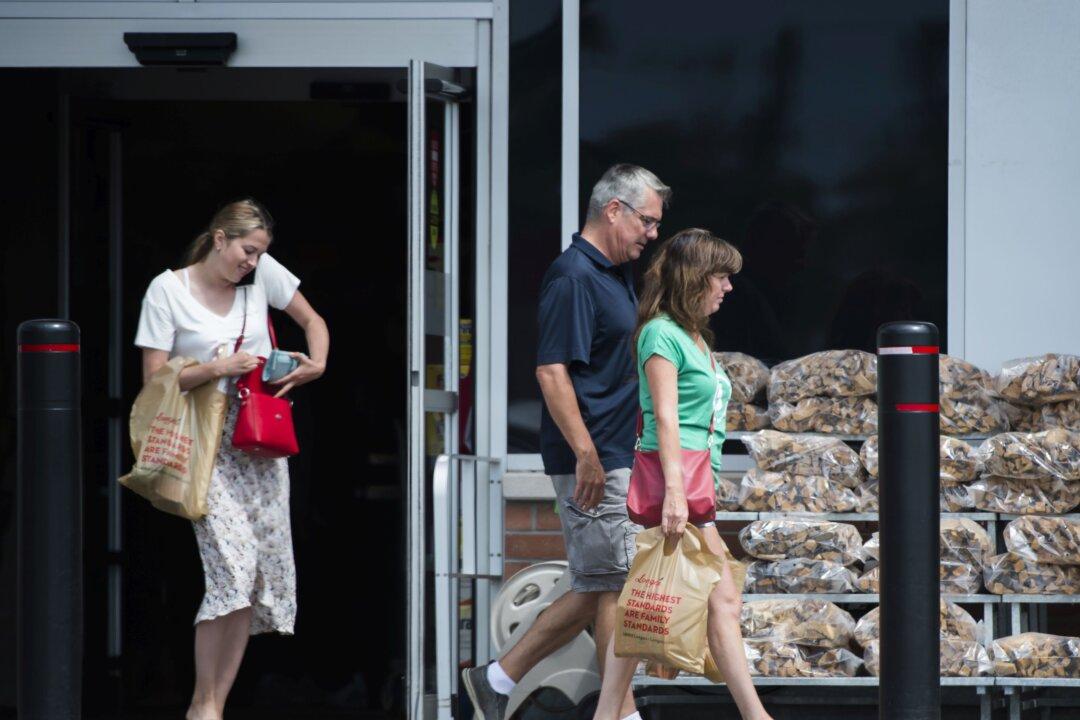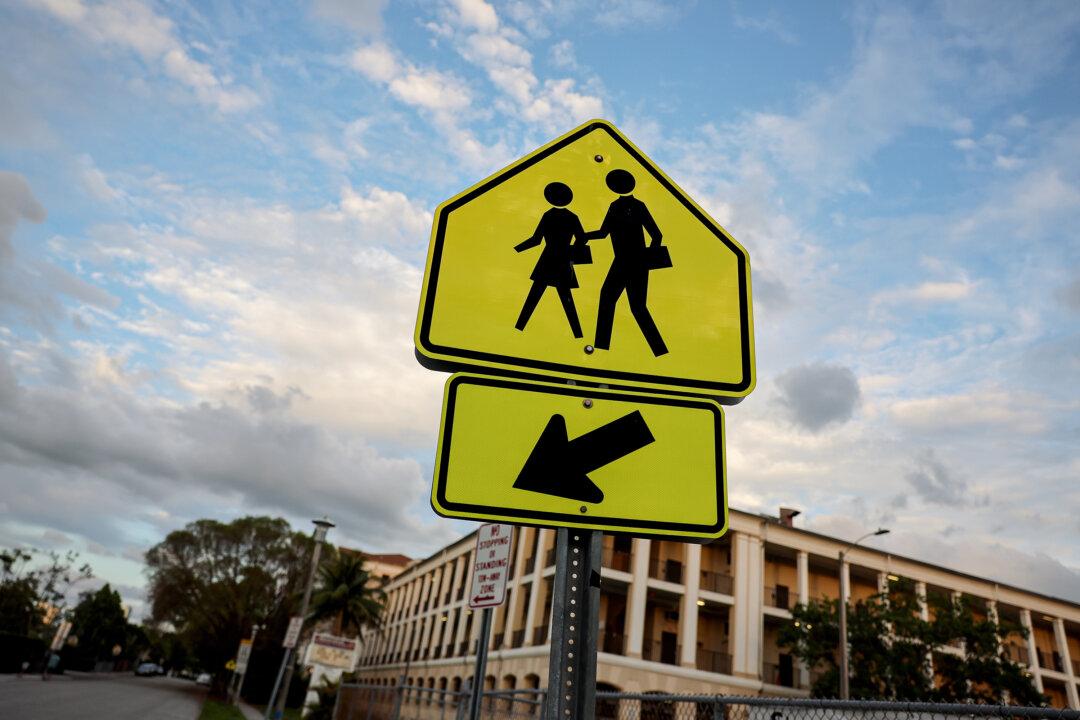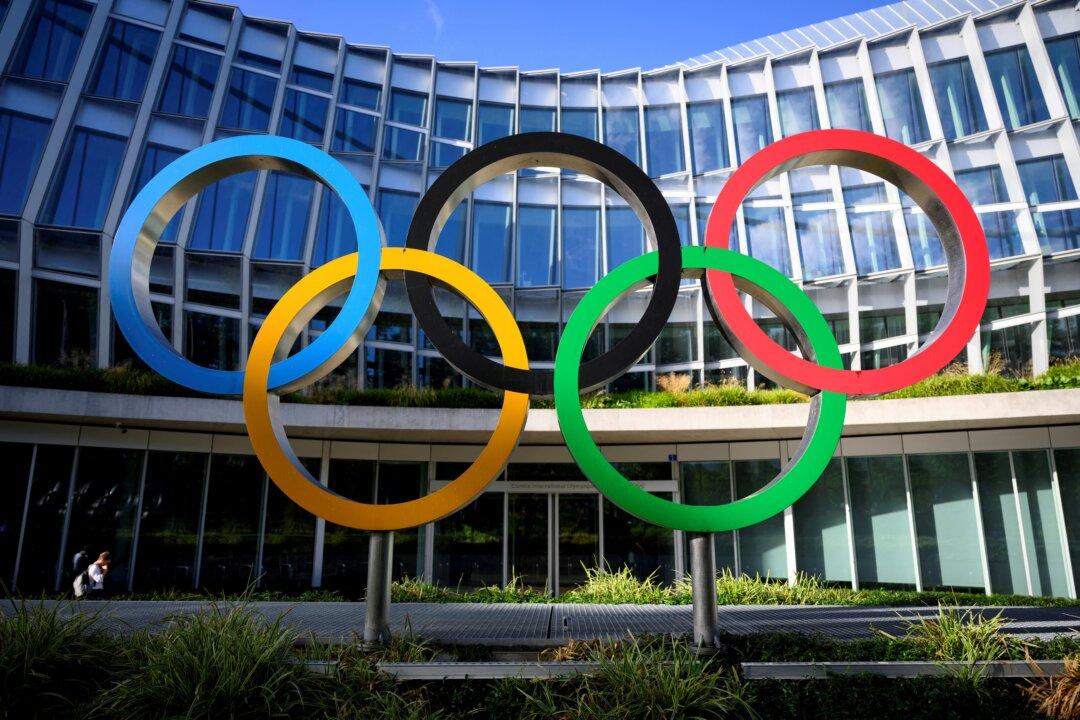Commentary
Eco-warriors neither slumber nor sleep in their pursuit of universal sustainability. Plastic looms large on their enemies list because of its non-biodegradability. Three years ago, Prime Minister Justin Trudeau promised his government would phase out the production and use of hard-to-recycle plastic items, with the goal of zero plastic waste by 1930.





